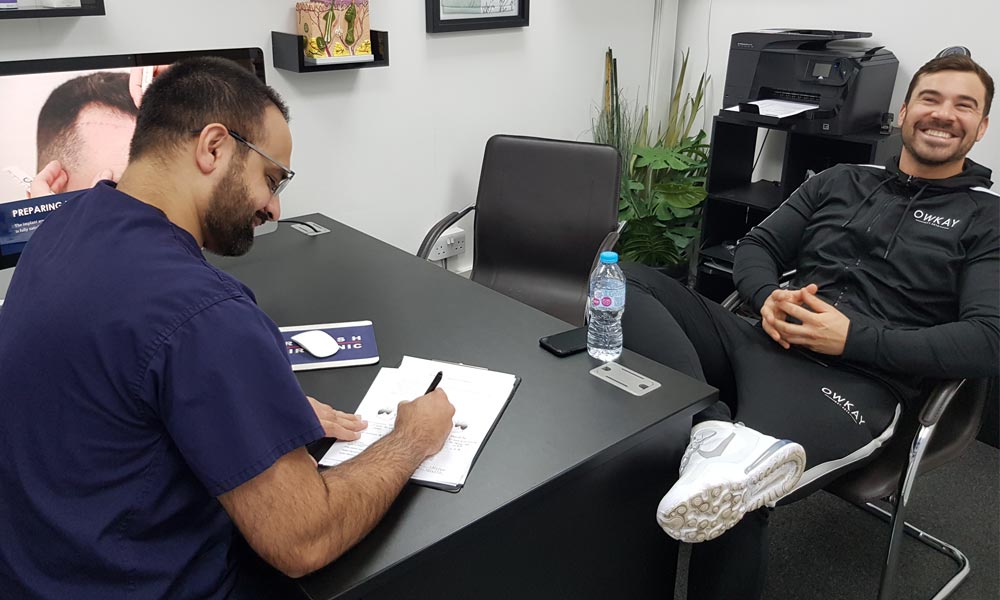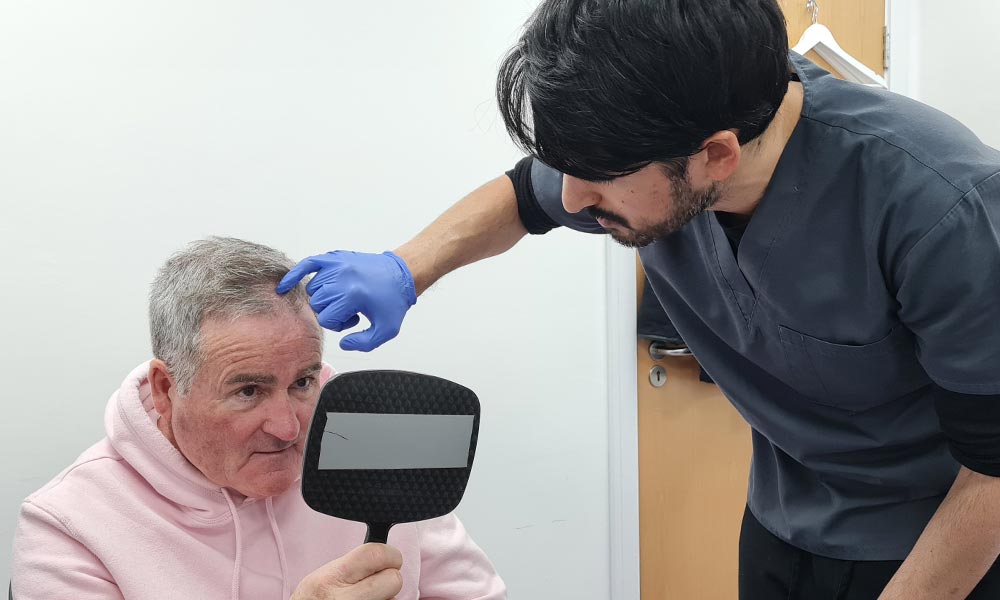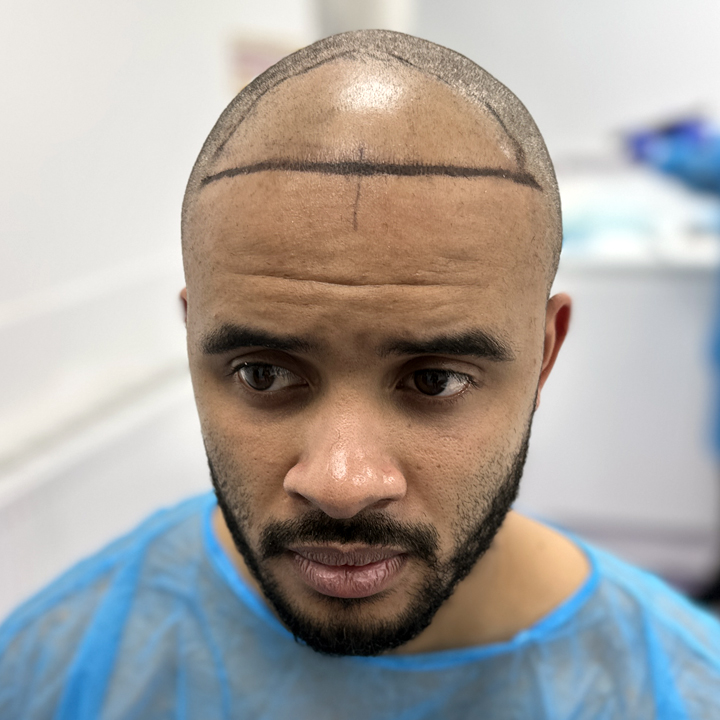How to Ensure Long-Lasting Results with Proper Hair Transplant Aftercare

The secret to long-lasting hair transplant success lies in aftercare. A hair transplant is the ultimate treatment for hair loss, but it takes a bit of work post-op to get the results you long for. From keeping your scalp healthy to protecting those precious grafts, this article will help you get the best possible outcome.
After a hair transplant, follow-up care includes keeping the scalp clean, avoiding strenuous activities, taking prescribed medications and attending check-ups with your surgeon. The right aftercare ensures optimal healing and much better results.

Here are some of the steps you’ll need to follow:
- Follow your surgeon’s instructions for gently washing your scalp without disturbing the grafts. Many hair clinics recommend starting with a saline spray or mild shampoo.
- Use any antibiotics or anti-inflammatory medications to prevent infection and reduce swelling.
- Skip activities that cause sweating or strain for at least two weeks, like heavy exercise, swimming or sauna use.
- Avoid touching, scratching and picking scabs to keep the grafts in place, letting them heal properly.
- Regular check-ins with your surgeon are important to monitor healing, address concerns and achieve the best possible outcome for your new hair.
- Sleep with your head slightly elevated (using two pillows or a recliner) to reduce swelling during the first few nights.
- If you need to protect your scalp from the sun or dirt, opt for a loose, breathable hat. Avoid anything tight that could rub against the grafts.
- Drink plenty of water to keep your body hydrated, as this aids in overall healing and supports healthy graft recovery.
- Refrain from using any gels, sprays or styling products on your scalp until your surgeon gives you the green light.
- Pulling clothing over your head, like tight t-shirts or sweaters, can accidentally disturb the grafts. So be extra careful or stick to button-up shirts for a few weeks.


Protecting Your Grafts The First Week After Your Hair Transplant
The first week after your hair transplant is a big deal – your new grafts are settling and your scalp starts to heal. Think of it as the foundation for your long-term results. Here’s what you need to know to make it through this critical period and avoid any complications:
Do’s for the First Week
Keep it clean
Your clinic will give you a specific washing routine. Follow it carefully! Usually, this means using a gentle saline spray or mild shampoo to keep your scalp clean without disturbing the grafts.
Stay on top of meds
If your surgeon prescribes antibiotics or anti-inflammatories, take them as directed. They’re your first line of defence against infection and swelling.
Be gentle
Treat your scalp like a fragile masterpiece. Light pats with a clean towel? Yes. Rubbing or scratching? Definitely not.
Don’ts for the First Week
No workouts
Sorry, gym lovers, but sweat and strain are a no-go. Strenuous activities can increase blood pressure, cause bleeding and swelling or even shift those grafts.
Skip the pool or sauna
Chlorine, steam and heat are all bad news for your healing scalp.
Hands off
We get it – it’s tempting to touch or pick at scabs, but resist the urge. Let them fall off naturally to protect your grafts.
Long-Term Care For Your New Hair
Once you’re through the first week, the healing process becomes much easier, but your aftercare routine is far from over. The weeks and months following your hair transplant are highly important for the best results.
Some long-term hair transplant care tips include:
Protect Your Scalp from the Sun – Your scalp will be sensitive for a few months, so avoid direct sunlight whenever possible.
Avoid Hair Treatments for a While – Getting back to styling your hair might be tempting, but hold off on dyes, gels or heat styling tools for at least a few months because these can irritate the scalp and weaken your new hair follicles.
Stay Consistent with a Healthy Diet – Load up on foods rich in hair-loving vitamins like biotin, zinc and iron, which support growth. Staying hydrated is equally important. Your hair needs hydration as much as the rest of your body.
Be Gentle When Washing – Avoid vigorous scrubbing and stick to a mild shampoo unless your surgeon recommends otherwise.
Don’t Skip Follow-Up Appointments – Regular appointments allow your surgeon to monitor your progress and check your grafts are doing well.
Avoid Tight Hats or Helmets – While hats can protect your scalp from the sun, avoid anything tight that could rub against the grafts or disrupt hair growth during the first few months.
Be Patient with the Growth Process – Transplanted hair doesn’t grow overnight. It’s normal for transplanted hair to shed within the first few weeks, with new growth typically starting around three months. Full results can take up to 18 months, so stick with your aftercare plan even when progress feels slow.
From Surgery to Success
The key to excellent hair transplant results is in the care you give afterwards. Protect your grafts, follow your clinic’s advice and maintain good habits like gentle washing and eating a healthy diet. Trust the process. New hair takes time to grow, but the reward is a lifetime of confidence.